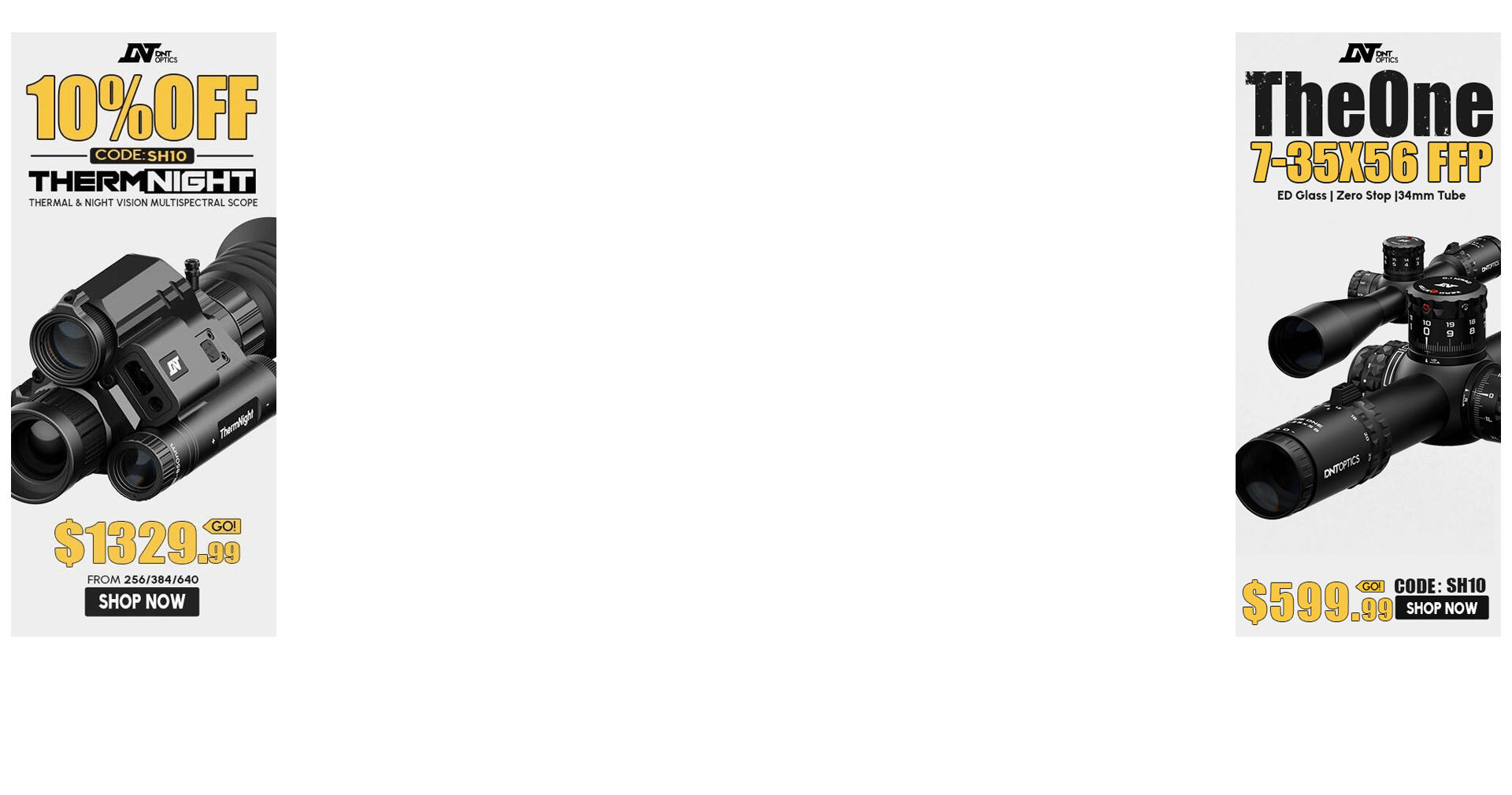A side discussion started up in the Rifle scope forum (Best Scope for a GAP-10 - Money no object, almost). I was saying that I prefer to shoot on high magnification most of the time so I can see the precise impact point at long range to then use the mil reticle to make adjustments for the follow on shot. However, SH member _Broke_ made the counter-point that by being in max magnification - that you would likely not be able to see your bullet trace and maybe miss something during the TOF (like some wind shear at the halfway point) that could help you with the next shot.
My question is: If you are able to see your own trace and you see something like a deviation early on, how do you quantify that into an actual turret adjustment or a POA change??? For example on 1000 steel, if I see the bullet miss by 2 mils left - am I going to do anything different than move the POA 2 mils right for the follow up shot based on seeing the bullet deviate somewhere near the top of its ballistic apex?
This is an honest question, because I really don't know how to apply trace observation to the actual shooting process. I've see trace a lot, usually when spotting for others. But I'm mystified as to how to actually apply the information you observe to the next shot beyond the actual impact point relative to the POA.
So how do you guys specifically apply observation data of bullet trace?
My question is: If you are able to see your own trace and you see something like a deviation early on, how do you quantify that into an actual turret adjustment or a POA change??? For example on 1000 steel, if I see the bullet miss by 2 mils left - am I going to do anything different than move the POA 2 mils right for the follow up shot based on seeing the bullet deviate somewhere near the top of its ballistic apex?
This is an honest question, because I really don't know how to apply trace observation to the actual shooting process. I've see trace a lot, usually when spotting for others. But I'm mystified as to how to actually apply the information you observe to the next shot beyond the actual impact point relative to the POA.
So how do you guys specifically apply observation data of bullet trace?

